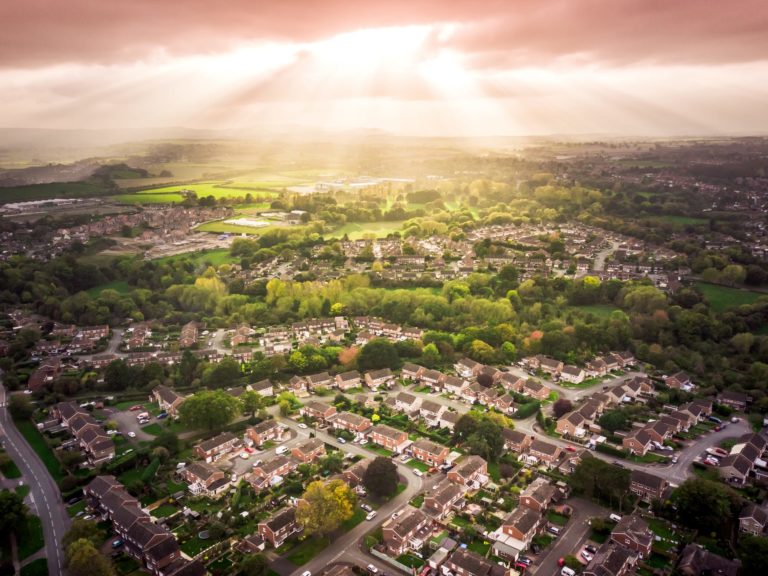The Stamp Duty holiday officially ended on 30th June

The stamp duty holiday (SDLT), introduced in July 2020, was designed to stimulate the housing market by cancelling or reducing stamp duty payments on house purchases during the holiday period when the nil band for residential properties was increased from £125,000 to £500,000.
(The figures given are for England & N. Ireland only. In Scotland and Wales, the figures may vary)
The holiday was extended from its original end date of 31st March and officially ended on 30th June. Rather then reimpose the full tariff straight away from July 1st, the Treasury has reduced the impact of an immediate return to the standard tariff by reducing the nil band from £500,000 to £250,000 and then from 1st October, reducing it further back to its pre- holiday level of £125,000.
From 1 July, stamp duty will only be applicable above £250,000 at the following rates:
- £0-£250,000 = 0%
- £250,001-£925,000 = 5%
- £925,001-£1,500,000 = 10%
- £1,500,000+ = 12%
From 1 October 2021, rates are due to return to normal. That means the point you to start paying stamp duty will revert back to £125,001:
- £0-£125,000 = 0%
- £125,001-£250,000 = 2%
- £250,001-£925,000 = 5%
- £925,000-£1,500,000 = 10%
- £1,500,000+ = 12%
The stamp duty holiday has certainly been a huge incentive for buyers. For some it meant saving as much as £15000. It also proved to be attractive for BTL landlords even though they were still having to pay the usual 3% surcharge which also applies to all second home buyers.
The main driver for the jump in house buying, apart from the stamp duty holiday, has been the pent up demand caused by lockdowns and the desire of urban dwellers to seek more space after experiencing the day to day claustrophobia of being cooped up in confined spaces with little or no access to open air spaces.
One side effect of the rush to buy has been to accelerate the rise in house prices as the supply of property could not keep up with the demand. Subsequently, UK house prices rose on an average by 13.4% in the year to June, according to the Nationwide Building Society. In popular areas such as Cornwall, the average increase was up by 15.5 per cent between March 2020 and 2021.
Since the wind down of the stamp duty holiday started on the 1st July, indications suggest that demand will begin to fall and prices start to stabilise.
Looking for a Brighton Mortgage Broker Click here
Looking for your credit file Click here